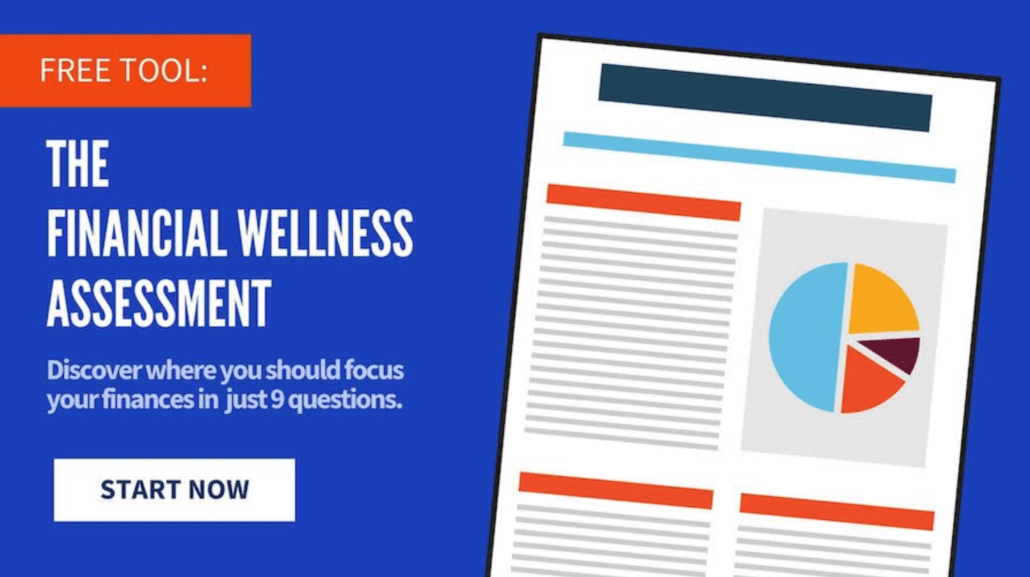What do you think is the most common problem people have in the process of building wealth?
It’s nothing complicated, like developing an investment plan or determining the most tax efficient strategies to use in retirement (although knowing what you’re doing in both of these areas is clearly important).
The thing is, you won’t even be able to worry about big-picture stuff like this if you can’t get the little things in line. Getting the small stuff right is where people actually have the most trouble.
The most common issue people run into is realizing their monthly cash flow is less than what they need to save in order to reach their goals. The most common cause of this issue? Overspending.
Start Managing Your Spending by Cutting Back
The idea of cutting expenses is often talked about like a tragic event, but that isn’t a productive way to frame the act of saving money.
Saving isn’t about making sacrifices. It’s about keeping your priorities and getting more of what you really want.
There are many ways to increase your savings that involve delaying gratification or examining the importance of your everyday expenditures. Here are a few to get you started.
Eliminate the Impulse Buys Right Away
Rather than the typical “cut out your Starbucks” advice, your first step should be to skip all impulse purchases. This requires a technique to reprogram your spending habits and patterns when you go shopping.
When you go to the store – any store – make a list of what you need to purchase. Then, don’t purchase anything else.
If you feel like there is something else you need once you’re at the store, ask if you need the item in the next week. If not, skip the purchase.
Categorize Past Transactions to See Where You Can Make (Easy) Changes for the Future
Once you’ve eliminated impulse purchases, the next step requires look at what you’ve been doing with your money.
The easiest way to do this is to sign up for an expense aggregator like Mint.com, but you can also reference your last few monthly statements for each of your credit cards instead. Once you have transactions from the past 90 days, print off the list and grab a pen to mark each expense as best value, good value, bad value.
If you share expenses with a significant other, print off two copies and do this exercise separately and then compare notes. There will undoubtedly be items that you have differing views on, but that’s okay. Nobody is right or wrong here. This is a subjective exercise.
Take a look at what you both marked as “bad.” These are the expenses that you can easily eliminate going forward. This exercise can also frequently will uncover recurring expenses that are not considered to be a “best value” and should be canceled.
The point here is to eliminate the expenditures that don’t align with your priorities and free up a little extra cash to dedicate towards the things you really value in life.
For When You Want to Make a Big Impact on Your Spending Habits
While we’ve found a way to reduce small to moderate expenses, the big savings take a little more work. Here are some areas where you can make a big impact on your cash flow by making the right choices — and saving in a big way:
- Buy term insurance instead of whole life.
- Increase deductibles on your home and auto insurance (self-insure).
- Buy used vehicles and buy cars less frequently.
- Refinance your mortgage.
- Refinance other loans.
- Use a cash-back credit card (or better utilize a rewards card).
- Change your cable plan (or cancel it).
- Change your phone plan
Realign Your Spending with Your Priorities
By eliminating impulse purchases and performing a careful review of past expenditures, most people are able to eliminate spending that doesn’t align with their priorities.
The biggest savings, however, are a little harder to find. If you are still having trouble, consulting with a trusted financial planner who always acts as a fiduciary can help you identify opportunities for more savings and help you efficiently allocate those savings towards the things you value most.
Related articles:
Reverse Budgeting: Creating a Budget That Actually Works
…
RESOURCE: Do you want to make smart decisions with your money? Discover your biggest opportunities in just 9 questions with my Financial Wellness Assessment.















